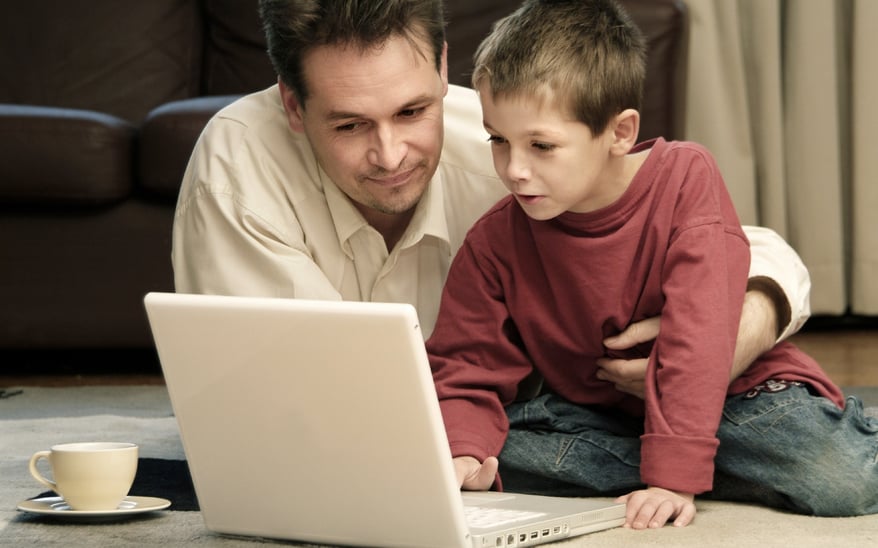WE FLIP THE CLASSROOM, PARENTS FLIP THE HOME
July 9, 2015 admin academics, family activities, Child Development, Inquiry
 It’s no secret that parental involvement in education translates directly to student success. At GEMS World Academy-Chicago, we often use the flipped classroom model—where the lecture is removed from the classroom and presented to students via media content, and classroom time is used for collaborative, creative problem solving—and with the right amount of parent involvement, this model can continue into the home.
It’s no secret that parental involvement in education translates directly to student success. At GEMS World Academy-Chicago, we often use the flipped classroom model—where the lecture is removed from the classroom and presented to students via media content, and classroom time is used for collaborative, creative problem solving—and with the right amount of parent involvement, this model can continue into the home.
But since the parent’s contribution is no longer to oversee traditional written homework “assignments,” how does a parent’s role as education partner translate to this innovative way of student learning? Take a look at these best practices for supporting your child’s learning at home.
“Flip out” together with your child
One of the benefits of the flipped classroom model is that each student can learn at his or her own pace. They can “pause and rewind” when the teacher speaks too quickly, stop the video when they have questions, make notes or absorb a concept, and watch the segment again if need be.
In an Edutopia.com piece co-authored by Jon Bergmann and Aaron Sams, experts in the flipped-classroom model, the two suggest that parents watch the videos with their children when possible because it familiarizes parents with both the content being taught and the instructor’s teaching style. In this way, parents are better equipped to help their children begin to brainstorm solutions, particularly if the child has questions about certain segments of the instruction content. The shared experience also helps keep the student on task.
Adapt abstract concepts to real world applications
If an abstract concept is introduced in the instructional learning, you can help your student see the bigger picture by connecting him or her to situations in everyday life. PBS.org suggests such strategies as doing measuring math while cooking, exploring how the blender works when you’re making a smoothie, talking about why the beach was so hot when the concept of weather is introduced. And since we want to expand their minds rather than just fill them with information, it’s good to have back-and-forth discussions where they can share their ideas.
Indirectly teach self-direction
One of the best ways students become inspired critical thinkers is when they’re motivated to seek and achieve solutions. When they immediately envision a clear solution to a challenge, their excitement is visible. But what about those times when they don’t immediately understand the challenge or struggle with determining what their next steps toward a solution should be?
This is where parents can be of great help. Not by guiding the child toward a “right” solution, but by asking questions in a give-and-take manner—without correcting—that will encourage brainstorming and lead them to make self-discoveries. Asking questions such as, “What takes your attention in that segment?” or “What would be a good starting point to tackle this challenge?” will help students develop innovative and nimble minds and feel more confident about participating in the next day’s classroom discussion.
Create an environment that maximizes successful studies
A good learning environment not only helps students better absorb immediate learning, it also helps build lifelong-learner habits that translate to the workplace once they reach adulthood. In an article for Edutopia, University of Texas psychology professor Art Markman advocates three basic ways to make this happen: creating a designated study space where the tools your child needs are readily at hand; minimizing multitasking-style distractions—phones, tablets, etc.—that break concentration and diminish comprehension; and paying attention to your child’s study posture. With today’s technology, it’s easy for kids to study while lying on the floor or propped up in bed but those postures encourage the mind to drift, while sitting at a desk keeps their minds active and alert.